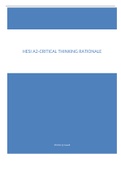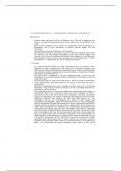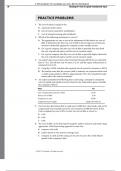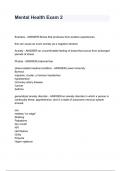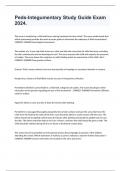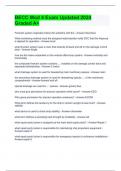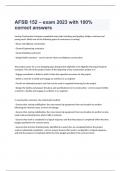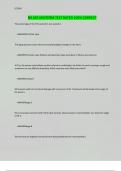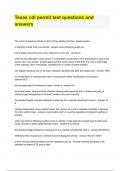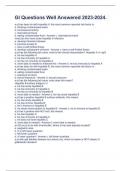Exam (elaborations)
NURSING HESI A2-CRITICAL THINKING RATIONALE
- Course
- Institution
1. The nurse is working in the emergency department (ED) of a children's medical center. Which client should the nurse assess first? 1. The 1-month-old infant who has developed colic and is crying. 2. The 2-year-old toddler who was bitten by another child at the day-care center. 3. The 6...
[Show more]
